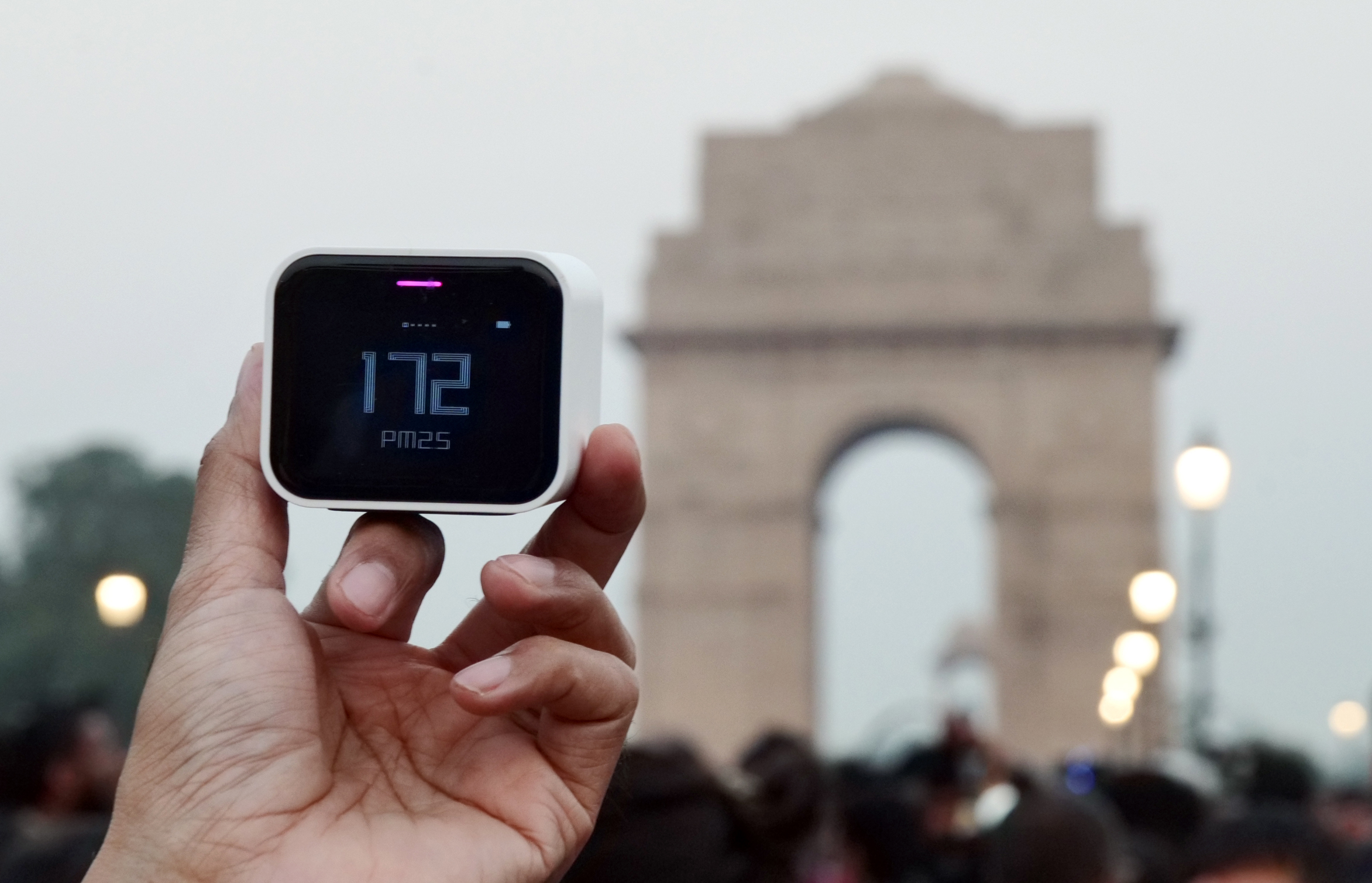
 Saquib Salim
Saquib Salim
Delhi is one of the most polluted cities in the World, and other north Indian cities and towns are not far behind. The common perception among the masses, including educated ones, is that air pollution is primarily about toxic gases; hence, Delhi is often referred to as a ‘gas chamber’. People think that air pollution affects the respiratory organs and triggers related health problems like asthma, headache, fever, fatigue, etc. In reality, air pollution causes more severe health conditions. It could affect genetic material and thus cause transgenerational damage.
According to the Central Pollution Board (CPB_, the prominent pollutants in Delhi, ot other North Indians, are not gaseous pollutants like sulphur dioxide, nitrogen oxides, ozone, etc., but Particulate Matter (PM).
Sebastian Kalenik et al. defined PM in a paper published in the International Journal of Molecular Sciences, “Particulate matter is a complex mixture of fine particles and liquid droplets containing organic compounds, acids, metals, soil, dust particles, or semi-volatile compounds. Due to their small size, they pose a serious threat to human health. They can be of natural origin (e.g., fires, volcanic eruptions, sandstorms, or sea salt aerosols) or anthropogenic (artificial), i.e., caused by human activity (e.g., industry, tobacco smoke, car exhaust emissions). Particle classification is based on the aerodynamic diameter. Among them, three primary groups are distinguished: PM10 (particles with a diameter of ≤10 µm), PM2.5 (particles with a diameter of ≤2.5 µm), and PM0.1, which is also called the ultrafine fraction of particulate matter (UFPM) and has an aerodynamic diameter ≤ 0.1 µm.”
 India Gate under the haze of pollution
India Gate under the haze of pollution
For context, 1 µm is one millionth of a metre. These small particles are the gravest threat to human health in several studies. “PM can penetrate deep into the lungs, enter the bloodstream, and migrate to organs, causing damage to tissues and cells. Gaseous air pollutants contribute to health risks, but their association with increased mortality and morbidity is less well documented.”
G. Oberdörster et al., in their research published in the Inhalation Toxicology, showed that Ultrafine particles (UFP, particles <100 nm) can enter the body through the nasal cavity and through olfactory nerves, and can reach the Central Nervous System (CNS). While PM10 might not enter the body through the olfactory nerves, larger PMs are swallowed and absorbed through the digestive tract and reach the gut.
Several scientific studies have established that PM can cause early onset of Alzheimer's, Parkinson's, and increase the risk of neurodevelopmental disorders, including attention-deficit hyperactivity disorder (ADHD), cognitive delays, schizophrenia, autism spectrum disorder, psychiatric disorders, including bipolar disorder, impulse control disorders, and suicidality.
What is even more worrisome for us is that these effects are found to be transgenerational, i.e. the damage caused by pollution is inheritable and will be carried from one generation to the next. In recent decades, the biological sciences have gained a better understanding of the genetic changes in terms of epigenetics.
Michael K. Skinner of Washington State University explains the phenomenon as, “Epigenetics provides molecular mechanisms for the environment to directly alter phenotypic variation and its subsequent inheritance. A variety of epigenetic mechanisms have been identified, including DNA methylation, histone modifications, chromatin structure, and selected ncRNA. All these mechanisms can program and alter gene expression and have been shown to have a critical role in normal development and biological processes. For example, the ability to generate an embryonic stem cell requires the erasure of DNA methylation such that the cell becomes pluripotent.
 A protester measuring pollution at India Gate
A protester measuring pollution at India Gate
"Although the vast majority of environmental factors cannot alter DNA sequence, epigenetic processes can be dramatically altered in response to environmental factors, from nutrition to temperature. All organisms that have been investigated contain highly conserved epigenetic processes (e.g., DNA methylation) that can be environmentally modified. Epigenetics provides an additional molecular mechanism, integrated with genetics, to regulate biology.”
Different researchers have shown that exposure to PM2.5 might cause DNA methylation in the regions of genes that might express Alzheimer’s, Autism spectrum disorder, and several other neurodegenerative conditions.
Anushi Shukla (ICMR-National Institute for Research in Environmental Health) et al. concluded, “Exposure to air pollutants may cause serious disturbances in the epigenomic machinery, which in turn may cause acute and/or chronic health complications to the exposed individual. It is now apparent that epigenetic modifications provide the basis for phenotypic changes which underlie the development of complex non-communicable diseases, including cardiovascular, respiratory, cerebrovascular, diabetes and cancer. These disturbed epigenetic marks remain stable in the genome as the coded message and can be transgenerationally inherited by the next generation.”
Chia-Wee Lee et al. have established in their research published in Ecotoxicology and Environmental Safety, “Prenatal exposure to WS-PM2.5 and WS-PM2.5 has multiple epigenetic transgenerational effects…” Yalin Zhou of Peking University has also observed, “... the disordered neurodevelopment induced by maternal exposure to PM2.5 during early life can be transmitted across generations and stably persists in grand-offspring….”
ALSO READ: Business leader Sirajuddin Qureshi changed mindset on women's education
Multiple studies establish that PM can cause epigenetic transgenerational changes, inducing neurodegenerative disorders among humans. By not addressing the pollution, we are not only risking our health but also that of future generations.
